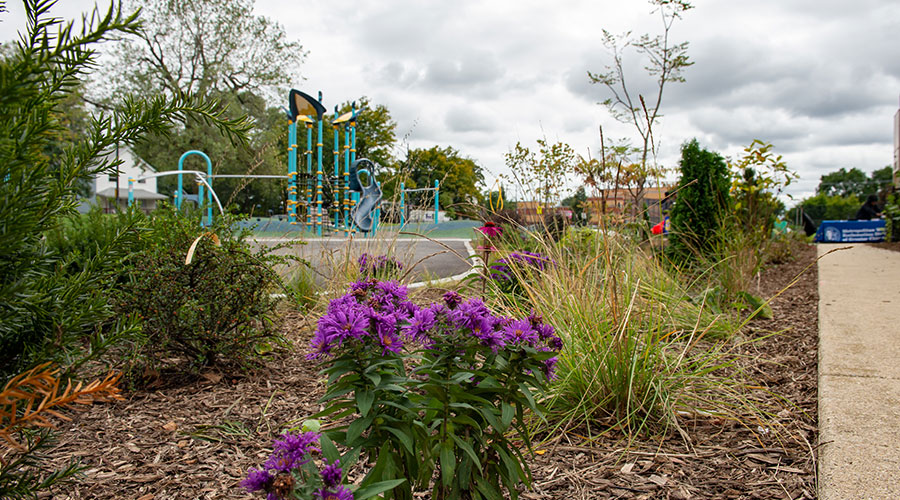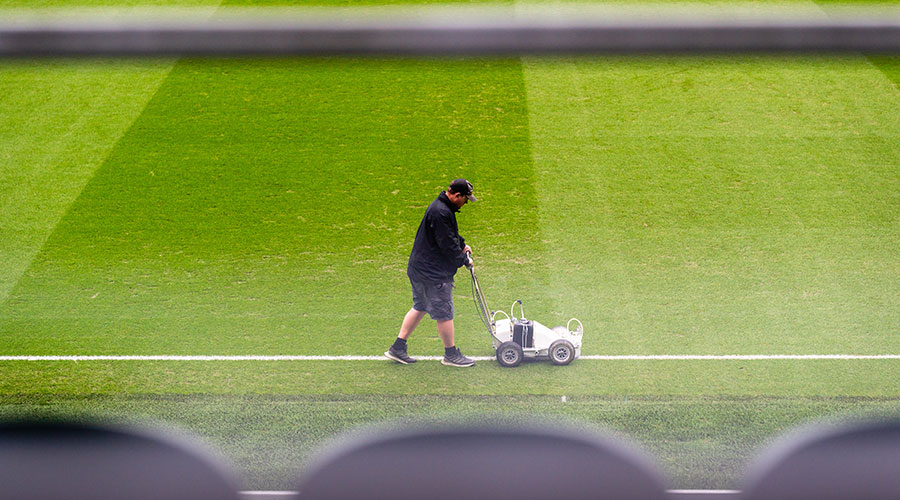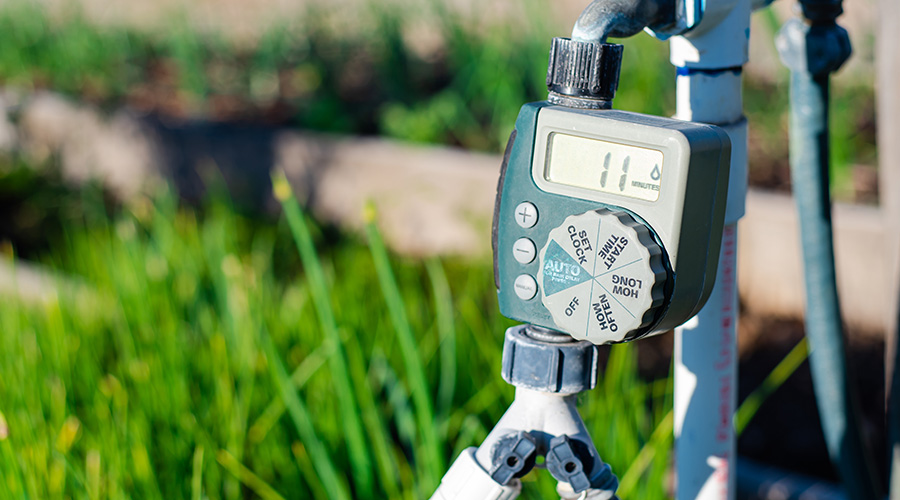How to Implement an Integrated Pest Management Program
Controlling landscape pests is one of the most challenging tasks grounds crews perform. Its success requires advanced knowledge of biology, entomology, horticulture, chemistry, math and equipment operation. With pressure mounting on grounds managers to make landscapes sustainable and to reduce or eliminate pesticide use, the challenges are even greater.
To achieve these goals, managers might want to revisit the strategy of integrated pest management (IPM), stay abreast of changes in pest-management products, and ensure front-line workers use proper personal protection equipment (PPE) and application practices.
Four-Step Process
IPM involves a series of evaluations, decisions and controls. In putting the strategy into practice, managers need to monitor the potential for pest infestation and follow a four-step approach.
Act to prevent problems. As the first line of defense, managers using IPM strategies work to keep turf and landscaped areas healthy. The program should focus on proper planting and cultural practices, along with selecting resistant or tolerant varieties. Prevention can be effective and cost-efficient, and it presents little to no environmental or human risk.
Set action thresholds. Before taking any action, managers need to determine the point at which the pest population or environmental conditions indicate action is necessary to avoid economic or aesthetic loss. Sighting one pest does not always require action.
Monitor and identify pests. Many organisms cause no threat to landscapes or humans. Some even help. Workers must positively identify pests so managers can make appropriate control decisions. This process lessens the chances workers will apply pesticides unnecessarily. It also reduces the possibility of using the wrong pesticide or making applications at the wrong time, which can translate to lost time and money, as well as potential environmental damage.
Take control. When action thresholds indicate the need for pest control, managers need to choose the proper control method, based on effectiveness and risk. The first option should be the most effective but least toxic control. The action might involve using pheromones — chemicals animals produce naturally that stimulate behavior — to disrupt mating or implementing mechanical controls, such as trapping or manual weeding.
If continued monitoring, identification and action thresholds indicate these tactics are not working, managers might need to schedule additional actions, such as targeted pesticide application. Workers also should apply the product when the pest is most vulnerable and avoid broadcast spraying of non-specific or broad-spectrum pesticides.
Related Topics:














